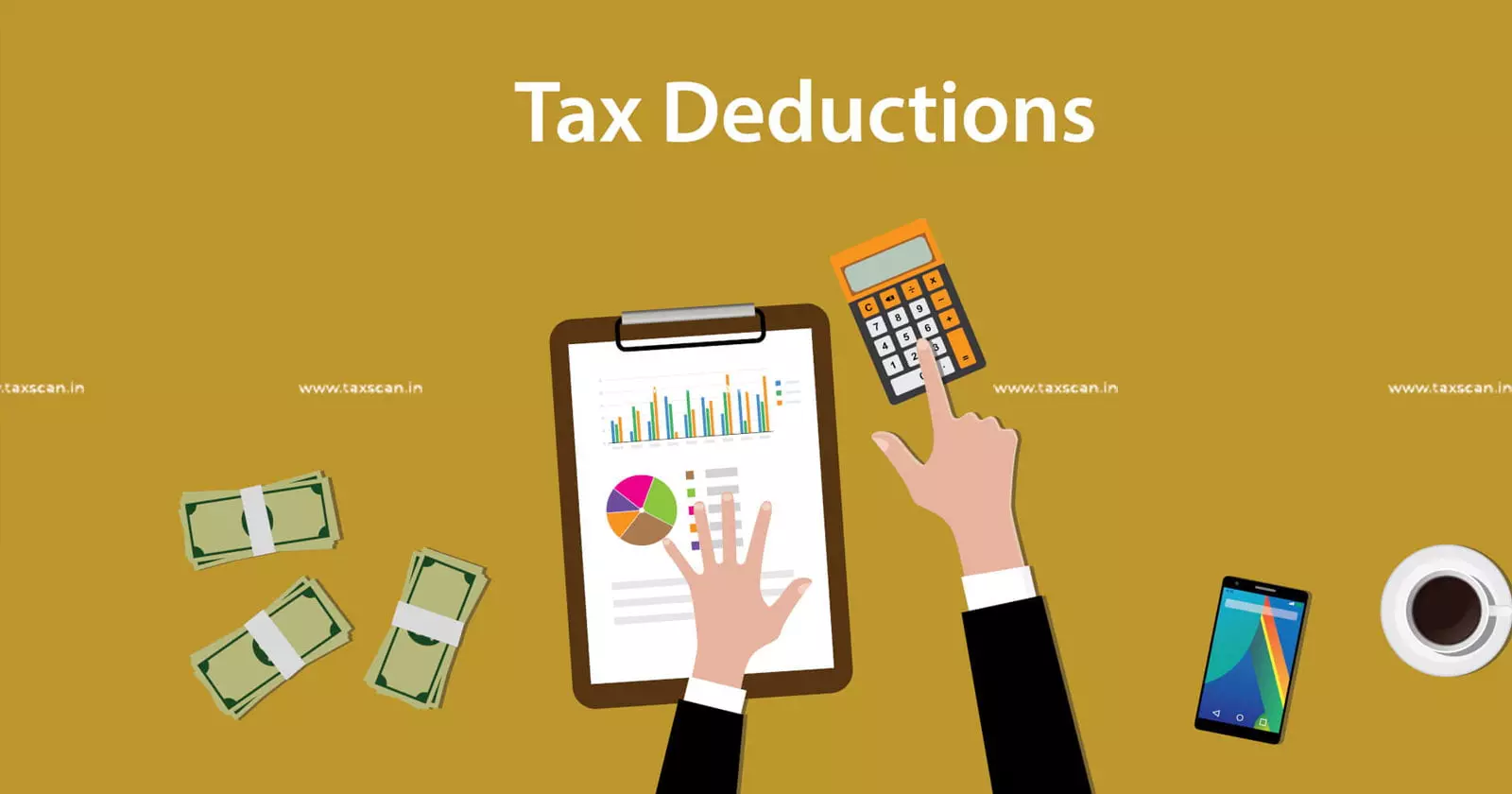Opting Old Income Tax Regime to Claim Deductions? Here are the Must-Have Documents
For those choosing the old regime, the real benefit lies in maximising deductions under various sections of the Income Tax Act.

As the deadline for filing Income Tax Returns (ITR) for FY 2024-25 approaches, taxpayers are once again faced with a key decision: whether to opt for the new tax regime with lower rates but no major deductions, or stick with the old regime which allows a wide range of exemptions and deductions.
For those choosing the old regime, the real benefit lies in maximising deductions under various sections of the Income Tax Act. But to claim them, you need to have the right documents ready.
Here is a section-wise breakdown of the essential deductions and the paperwork you must collect before filing your income tax returns this year.
Click Here: Know Practical Aspects of Tax Planning
Section 80C: Investments, Savings, and Loan Repayment
Eligible Deductions: Investments in LIC policies, PPF, ELSS, NSC, tuition fees, employee PF contributions, and repayment of housing loan principal.
Maximum Limit: ₹1,50,000.
Documents Required:
Policy, account, or investment certificate numbers.
Employer-provided PF details.
Loan account statements and principal repayment certificates in case of home loan claims.
Section 80D: Health Insurance Premium
Eligible Deductions: Health insurance premiums paid for self, spouse, children, and parents.
Maximum Limit:
₹25,000 for self and family.
₹50,000 for senior citizens.
Documents Required:
Policy number and insurer’s name.
Premium payment receipts.
Section 80E: Education Loan Interest
Eligible Deductions: Interest paid on loans taken for higher education.
Maximum Limit: No upper limit, but deduction allowed only for eight years.
Documents Required:
Loan account number.
Certificate from the bank or NBFC.
Tax Planning For Trusts and cooperation Societies - Click Here
Section 80G: Donations
Eligible Deductions: Donations to charitable institutions.
Maximum Limit: 50% or 100% of the donation amount, with or without restrictions.
Documents Required:
Donation receipts.
80G registration number and donation reference number of the trust.
Section 80CCD(1B): National Pension Scheme (NPS)
Eligible Deductions: Additional contributions to NPS.
Maximum Limit: ₹50,000.
Documents Required:
PRAN (Permanent Retirement Account Number).
Section 80DD and 80U: Disability Benefits
Eligible Deductions: Expenses for medical treatment, maintenance, and rehabilitation of disabled dependents, or for self in case of disability.
Maximum Limit: ₹75,000 to ₹1,25,000 depending on severity.
Documents Required:
Valid disability certificate.
Aadhar or PAN of dependent where applicable.
Section 80TTA / 80TTB: Savings Account Interests
Eligible Deductions: Interest on savings accounts.
Maximum Limit:
₹10,000 for non-senior citizens.
₹50,000 for senior citizens.
Documents Required:
Bank account number and IFSC.
Interest is usually auto-fetched in AIS/TIS forms.
Housing and Education Loan-Related Deductions
Section 24(b): Interest on Housing Loan
Eligible Deductions: Interest paid on home loans.
Maximum Limit: ₹2,00,000 for self-occupied houses. For let-out properties, full interest is allowed.
Documents Required:
Lender’s name and PAN.
Loan account number.
Interest certificate issued by bank/HFC.
Property address.
Section 80EE: First-Time Home Buyer
Eligible Deductions: Extra benefit for first-time home loan borrowers.
Maximum Limit: ₹50,000.
Documents Required:
Loan sanction letter with date and amount.
Loan account number.
PAN of lender.
Section 80EEA: Affordable Housing Loan
Eligible Deductions: Loans sanctioned between 1 April 2019 and 31 March 2022 for affordable housing.
Maximum Limit: ₹1,50,000.
Documents Required:
Loan account number.
Loan sanction letter.
Stamp duty valuation proof (property value < ₹45 lakh).
Section 10(13A): House Rent Allowance (HRA)
Eligible Deductions: HRA exemption if living in a rented house, even if another property is owned on loan.
Maximum Limit: Based on least of three conditions (actual rent paid, HRA received, or rent minus 10% of salary).
Documents Required:
Landlord’s name, address, and PAN (mandatory if annual rent exceeds ₹1 lakh).
Rent agreement and rent receipts.
The Income Tax Department has tightened scrutiny. Many details like PF contributions, bank interest, and insurance premiums are pre-filled in your ITR. However, you must keep all relevant proof handy to substantiate your claims in case of scrutiny or notice. Wrong claims can lead to penalties, interest on unpaid taxes, and disallowance of deductions.
Clear all Your Doubts on RCM, TCS, GTA, OIDAR, SEZ, ISD Etc... Click Here
Opting for the old regime can still be rewarding if you have made sufficient tax-saving investments and incurred eligible expenses. But the benefit depends on your preparedness with documents. A simple checklist approach can ensure you don’t miss deductions worth lakhs of rupees.
Before filing, cross-check all certificates, receipts, and loan documents, and verify whether they are reflected in your AIS (Annual Information Statement). If not, keep proof ready to back your claims.
By organising your paperwork now, you’ll not only maximise savings but also avoid last-minute stress at the time of filing.
Support our journalism by subscribing to Taxscan premium. Follow us on Telegram for quick updates


